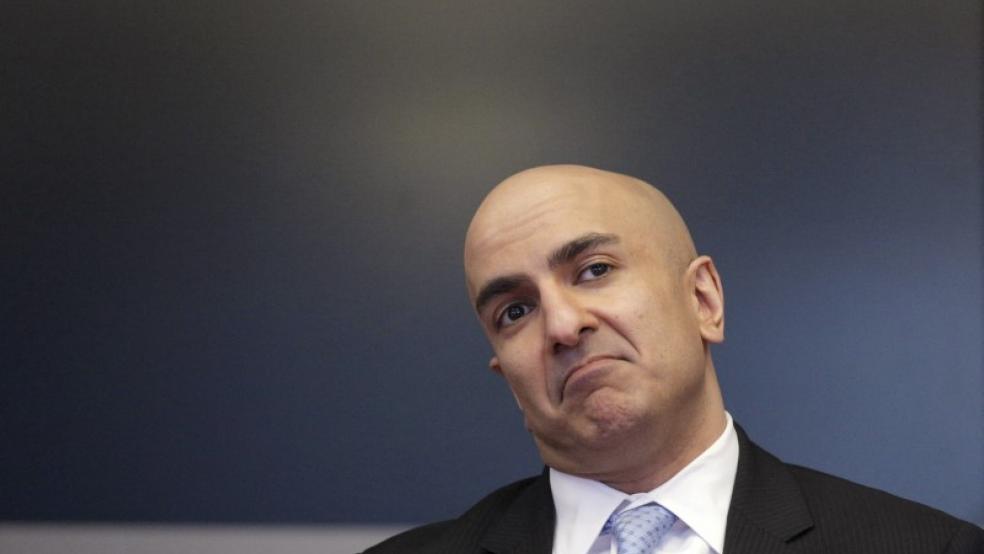SAN FRANCISCO (Reuters) - A handful of new financial tools meant to help the Federal Reserve pull off its historic interest rate hike last month have worked, easing some internal concerns, the U.S. central bank's vice chairman said on Sunday.
"One possible concern about our unconventional policies has eased recently, as the Federal Reserve's normalization tools proved effective in raising the federal funds rate following our December meeting," Stanley Fischer, the Fed's second in command, told an American Economic Association conference. The Fed tightened monetary policy for the first time in nearly a decade last month. To lift rates from near-zero, it relied on a relatively new rate on excess bank reserves and on a lightly tested reverse repurchase (repo) facility to mop up some of the $2.6 trillion in excess reserves in financial markets.The liftoff, on Dec. 17, appeared effective in hiking the U.S. policy rate into its new target range of 0.25-0.5 percent. "Of course issues may yet arise during normalization that could call for adjustments to our tools, and we stand ready to do that," added Fischer, a close ally of Fed Chair Janet Yellen.A key topic at the conference was the so-called equilibrium real interest rate: the level of borrowing costs associated with stable inflation and full employment.Fischer said this equilibrium rate, which is key to forecasting by how much the Fed will ultimately tighten policy, is now around zero and is likely to remain low for the "policy-relevant future." He added it was difficult to raise this rate, and to mitigate the risks of running monetary policy with near zero rates, as the Fed and other major central banks have done since the 2007-2009 financial crisis."Whatever the cause, other things being equal, a lower level of the long-run equilibrium real rate suggests that the frequency and duration of future episodes in which monetary policy is constrained by the (zero lower bound) will be higher than in the past," he said. (Reporting by Jonathan Spicer and Ann Saphir; Editing by Andrea Ricci)Fed's new rate-hike tools passed key test, Fischer says

Kevin Lamarque



